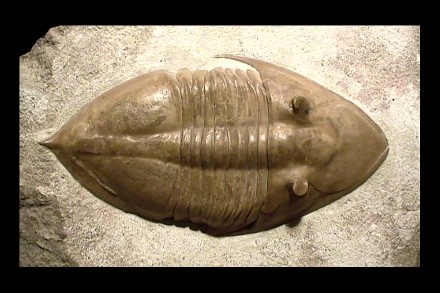
Specimen description :
- Full specimen.
- Prone on matrix.
- Total size : 125 mm.
- Middle Ordovician ?
- Asery level ?
- Wolchow River, St Petersburg ?
- Russia.

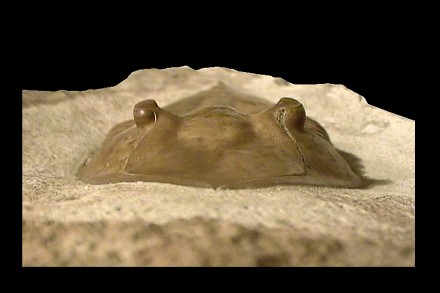
Megistaspis sp.
Here is a Megistaspis for which I am waiting a precise identification from the Paleolab. I bought this bug from an US seller that sold it to me as Megistaspis heroica :) Well, the size and the quality of the preparation deserve such a nickname to me... ;)
Megistaspis (= Megalaspis) includes over 20 species in Europe, Asia and North America. They are average to large (sometimes gigantic) trilobites (Max length of the body of some species is up to 400 mm). This specimen has been collected et prepared by and at the Paleolab of St Petersburg .
 |
|
|
Dorsal view of the specimen.
|
|
 |
|
|
Lateral view of the specimen.
|
|
 |
|
|
Frontal view of the cephalon.
|
Diagnosis :
|
Order
|
Asaphida
|
SALTER 1864
|
Order including 1/5 of all the species of Trilobites,
it mostly regroup librostoms of various morphology, in which the most advanced
families do present a ventral median suture early visible in the ontogeny
( "asaphoïd" protaspid larvæ).
Occurrence : Middle-Upper Cambrian boundary to upper Ordovician-lower Silurian.
|
|
Superfamily |
Asaphoidea |
BURMEISTER 1843 |
Occurrence: Middle Cambrian to Ordovician.
|
|
Family
|
Asaphidæ |
BURMEISTER 1843 |
Family tends toward loss of apparent segmentation of cephalon and pygidium, obsolescence of axial furrows and deep notching of posterior margin of hypostoma.
|
|
Subfamily |
Asaphinæ |
BURMEISTER 1843 |
|
|
Genus |
Megistaspis (= Megalaspis) |
JAANUSSON 1956 |
The genus include over 20 species. Occurrence : Low and Middle ( ?) Ordovician of Europe, Asia and North America ( ?). Average and large (sometimes very large) trilobites (Max length of the body of some species is up to 400 mm). The cephalon and pygidium are often triangular and very oblong. Both shield are practically of equal size.
|
|
Species |
sp. |
(?) |
|
Discussion :
Megalaspis ANGELIN 1851 is now considered as a synonym of Megistaspis JAANUSSON 1956 .
Complementary pictures :
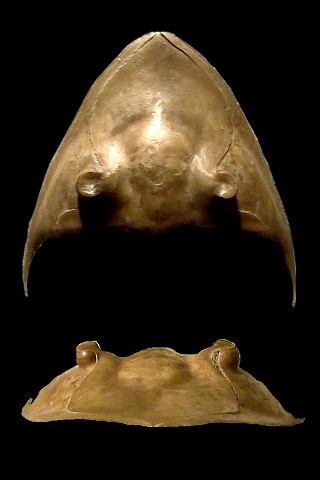 |
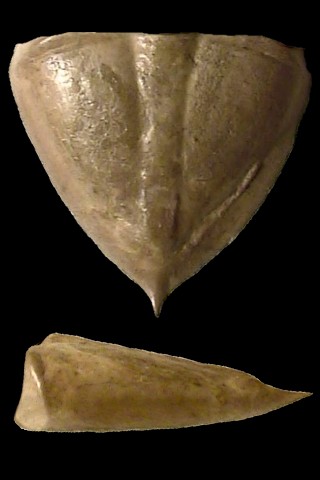 |
|
|
Dorsal and frontal view of the cephalon.
|
Dorsal and lateral view of the pygidium.
|
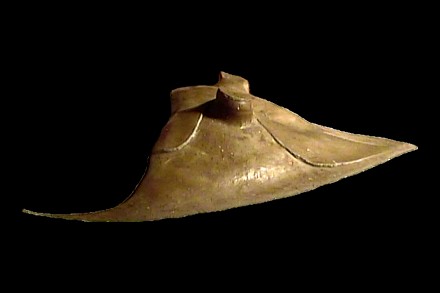 |
|
side view of the cephalon.
|